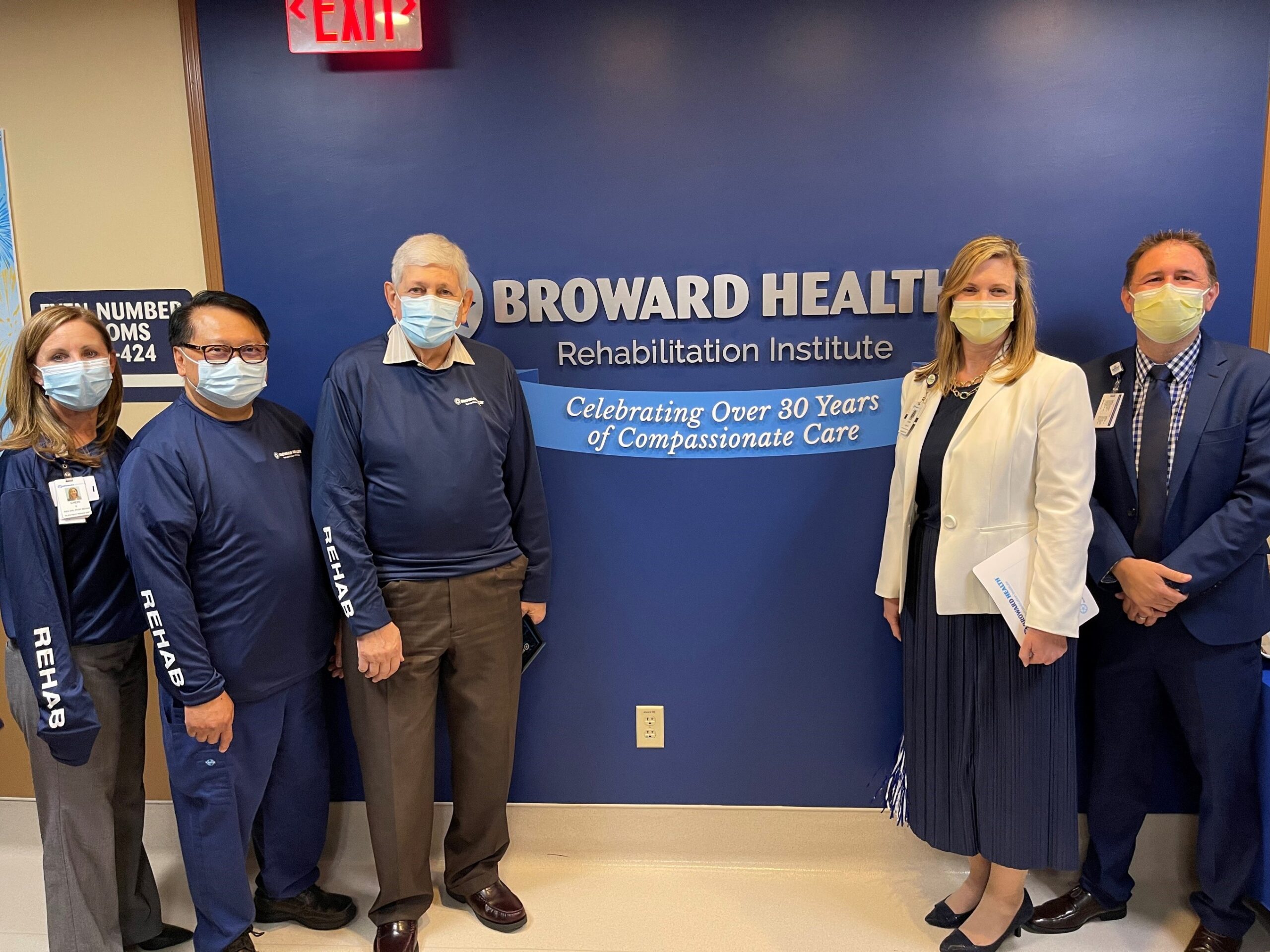.jpg) Full implementation of “Obamacare” is drawing closer and one important question these reforms were designed to answer is becoming clearer: How will mechanisms designed to infuse accountability into the healthcare delivery system be implemented?
Full implementation of “Obamacare” is drawing closer and one important question these reforms were designed to answer is becoming clearer: How will mechanisms designed to infuse accountability into the healthcare delivery system be implemented?Interest in accountable care organizations (“ACOs”), both those that participate in the Medicare program’s Medicare Shared Savings Program (“Medicare ACOs”) and those that do not, is growing as physicians and other healthcare providers look for ways to respond to these reforms. The Medicare Bundled Payments for Care Improvement (“Bundled Payment”) initiative also is likely to have a significant impact on ensuring that accountability is incorporated into the delivery and reimbursement of healthcare. These are not an “either or” proposition; they are alternative reimbursement mechanisms that incorporate accountability for patient outcomes and the cost of achieving those outcomes in different clinical environments.
To date, the Centers for Medicare and Medicaid Services (“CMS”) had enrolled approximately 250 Medicare ACOs. The federal government is committed to creating an environment in which ACOs will succeed. Toward that end, key federal agencies have given ACOs latitude not available to other parties in the healthcare industry. Thus, Medicare ACOs have waivers from the federal (but not state) anti-kickback, physician self-referral and antitrust restrictions.
If ACOs represent a holistic approach to delivering healthcare items and services to individual patients and populations, Bundled Payments focus on discrete bundles of healthcare items and services – hospital inpatient admissions and their associated pre-admission and post discharge services. Under the Bundled Payment initiative, CMS compensates a hospital and its participating physicians a global fee for providing some portion of the continuum of patient’s inpatient episode of care. On January 31, 2013, CMS announced that over 450 groups of providers are going to participate in the Bundled Payment initiative.
In order to promote the success of this initiative, CMS has developed four Bundled Payment reimbursement models from which interested provider groups may select:
Model 1: Three-day pre-acute care and the hospital inpatient stay.
Model 2: Same as Model 1 plus inpatient physician services, post-acute care facility services, post-acute physician services and related readmissions.
Model 3: Post-acute facility services, post-acute physician services and related readmissions.
Model 4: Three-day pre-acute care, hospital inpatient stay, hospital inpatient physician services and related readmissions.
In addition to the four reimbursement Bundled Payment “Models”, CMS has developed reimbursement mechanisms that permit interested groups of providers to assume different amounts of financial risk. Those groups that elect “Model 1” receive the full physician fee schedule amount, plus a discounted payment under the inpatient prospective payment system (the “DRG” rate). Providers that elect “Model 2” or “Model 3” receive their regular Medicare reimbursement, subject to a retrospective reconciliation that determines whether the amount actually paid by the Medicare program for those services equaled or exceeded the target reimbursement amount determined by CMS. These groups of providers either will owe the difference to the Medicare program if the cost of their care is too high, or, if the Medicare program paid less than the targeted amount, the provider group will retain the difference and divide it among themselves. “Model 4” represents a prospective payment system in which a provider group shares the Bundled Payment amount as well as both the risks and rewards of providing care for less than that amount. As with ACOs, the provider groups that are able to deliver the best care at the lowest cost are likely to be the “winners” in the Bundled Payment world.
CMS identified about 50 different clinical conditions (for example, major joint replacement) for Bundled Payments. Over one-third of the groups that selected either Model 2 or 3 decided to receive Bundled Payments for all of these conditions, which is anticipated to represent about 70 percent of their total annual Medicare inpatient admissions. In addition, all 32 provider groups participating in Model 1 will be at risk for all of their Medicare inpatient admissions.
The bottom line: CMS has not created a situation in which participation in one of these initiatives precludes participating in the other. Providers can participate in both the ACO and Bundled Payment initiatives. Physicians need to look at both options and work with other providers to determine whether it is more advantageous to participate in a Medicare ACO, the Bundled Payment initiative, or both.



























